February 7, 2017
Brexit impact on UK’s future workforce size could undermine productivity 0
 With the UK facing at best, very slow growth, or even shrinkage, of the working population, future changes to migration levels into the UK due to Brexit could exacerbate the financial stresses and strains caused by the UK’s aging workforce. This is according to the Mercer Workforce Monitor™ which claims that companies will need to invest heavily in automation, sectors of society historically under-represented in the workforce and look at ways of increasing productivity. According to the analysis, since 2013, the levels of EU and non-EU born immigration into the UK workforce has filled a gap left by the aging of the nation’s UK-born workforce which sees more in this group leave the workforce – through retirement, emigration or death – than enter it. National growth is closely linked to workforce growth; so reducing its future size would create major headwinds for the UK economy and since another 3.4 million people will reach the age of 65 in 2030; unless the UK decides to make drastic changes to the funding of pensions, health and social care, this smaller working population will be required to proportionally spend more of their income to care for their older citizens.
With the UK facing at best, very slow growth, or even shrinkage, of the working population, future changes to migration levels into the UK due to Brexit could exacerbate the financial stresses and strains caused by the UK’s aging workforce. This is according to the Mercer Workforce Monitor™ which claims that companies will need to invest heavily in automation, sectors of society historically under-represented in the workforce and look at ways of increasing productivity. According to the analysis, since 2013, the levels of EU and non-EU born immigration into the UK workforce has filled a gap left by the aging of the nation’s UK-born workforce which sees more in this group leave the workforce – through retirement, emigration or death – than enter it. National growth is closely linked to workforce growth; so reducing its future size would create major headwinds for the UK economy and since another 3.4 million people will reach the age of 65 in 2030; unless the UK decides to make drastic changes to the funding of pensions, health and social care, this smaller working population will be required to proportionally spend more of their income to care for their older citizens.













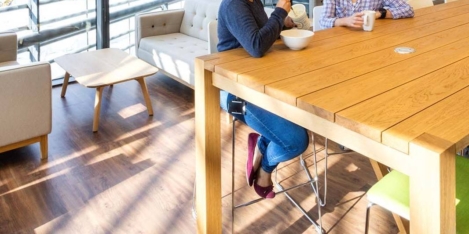



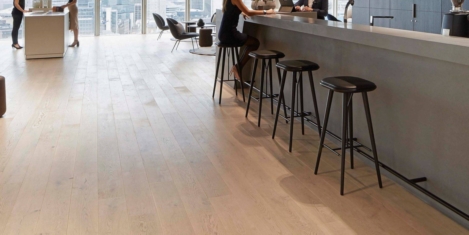
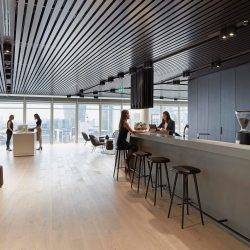
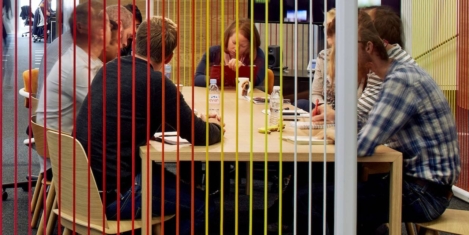
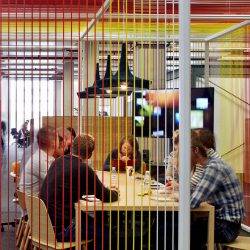












January 20, 2017
The facts about sit stand work are already lost in the stream of narrative 0
by Mark Eltringham • Comment, Knowledge, Wellbeing, Workplace design
(more…)